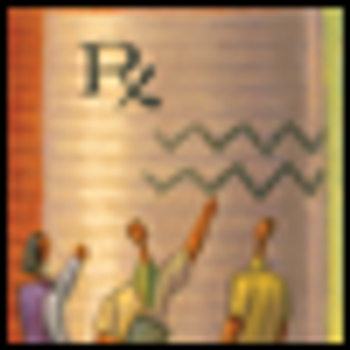
European Psychiatric Association CongressMarch 3 – 6, 2012, in Prague, Czech Republic. The Congress theme, “Beyond Diversity, Towards Harmony,” illustrates the goals of this high-level psychiatric congress to unite diverse groups of specialists from many countries and cultures in an exploration of the most important aspects of diagnosis, research, and treatments in psychiatry and neuropsychiatry. In addition, the Congress provides a venue for psychiatrists from all over the world to meet, share experiences, and network.




















